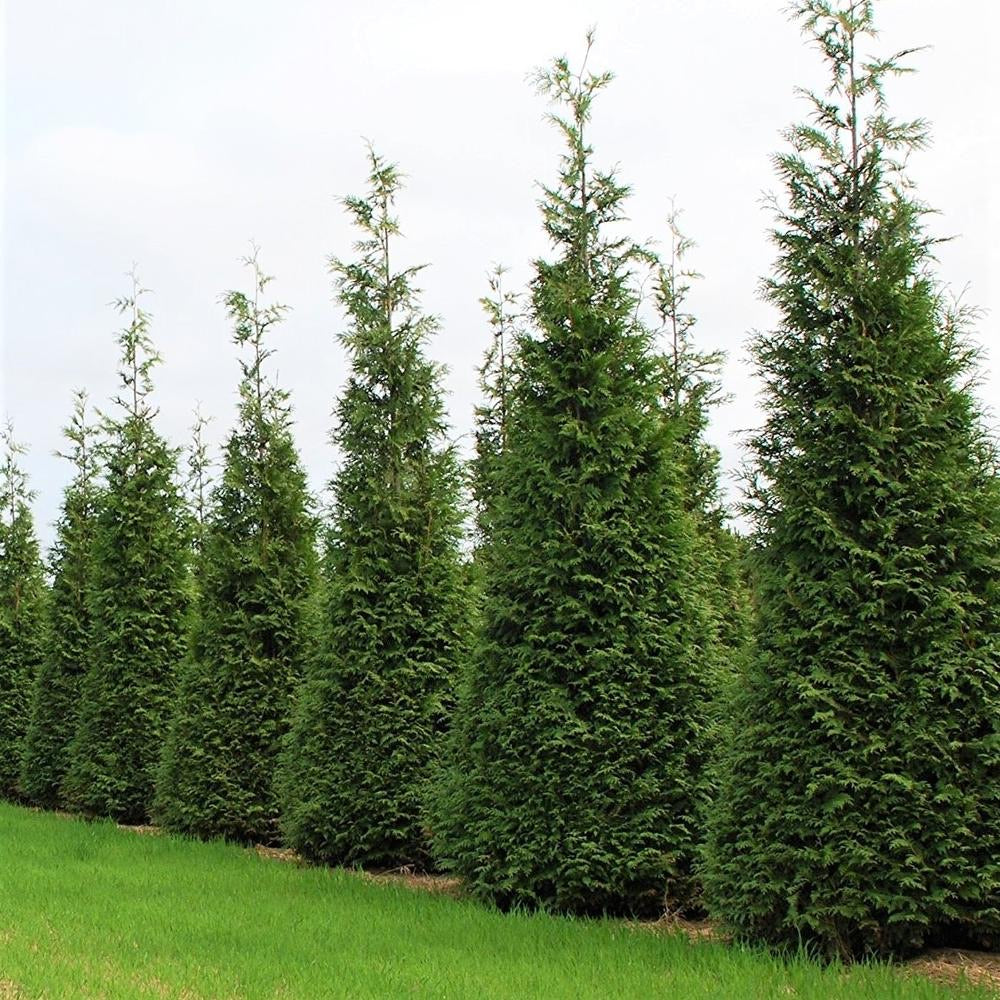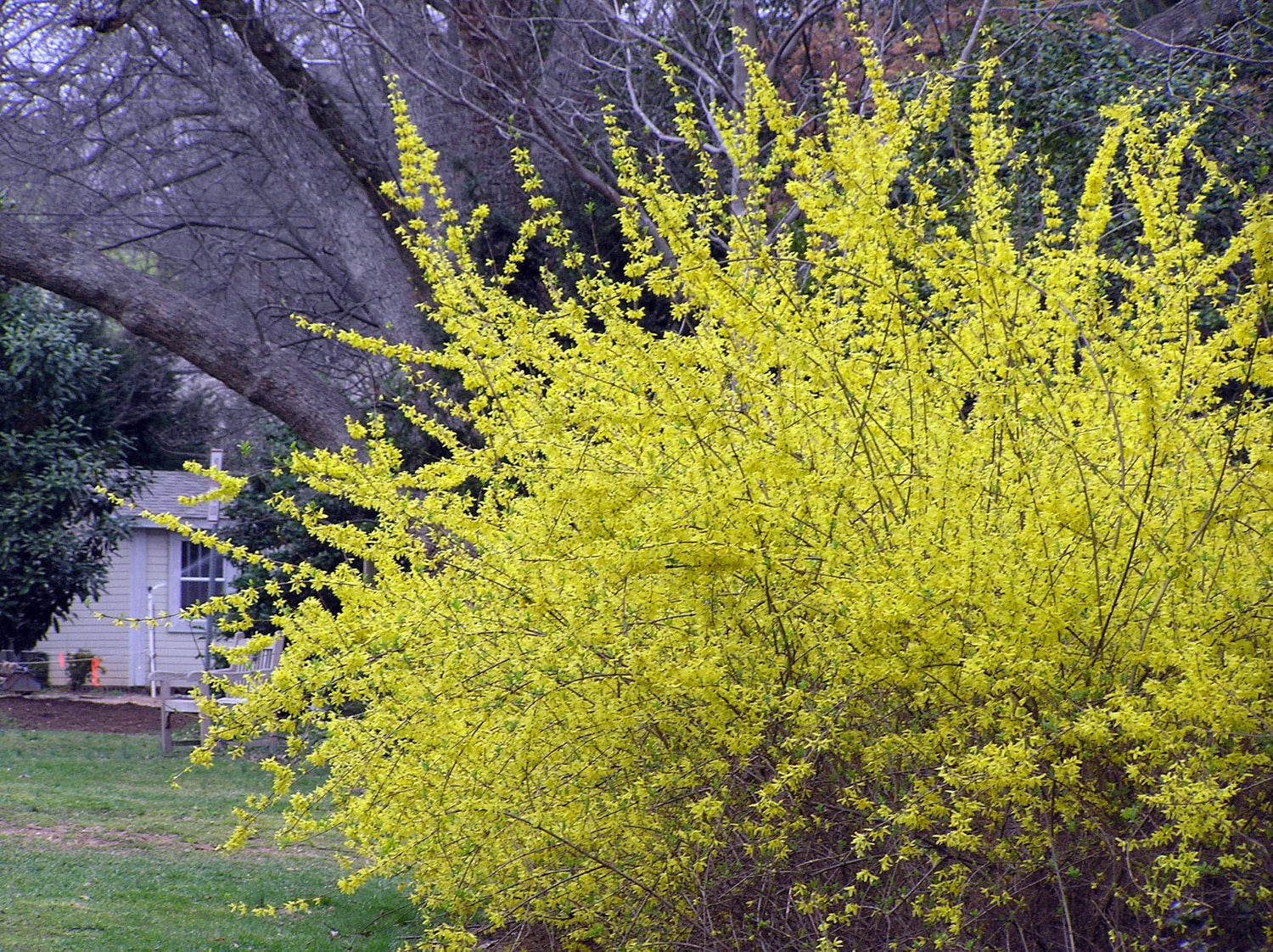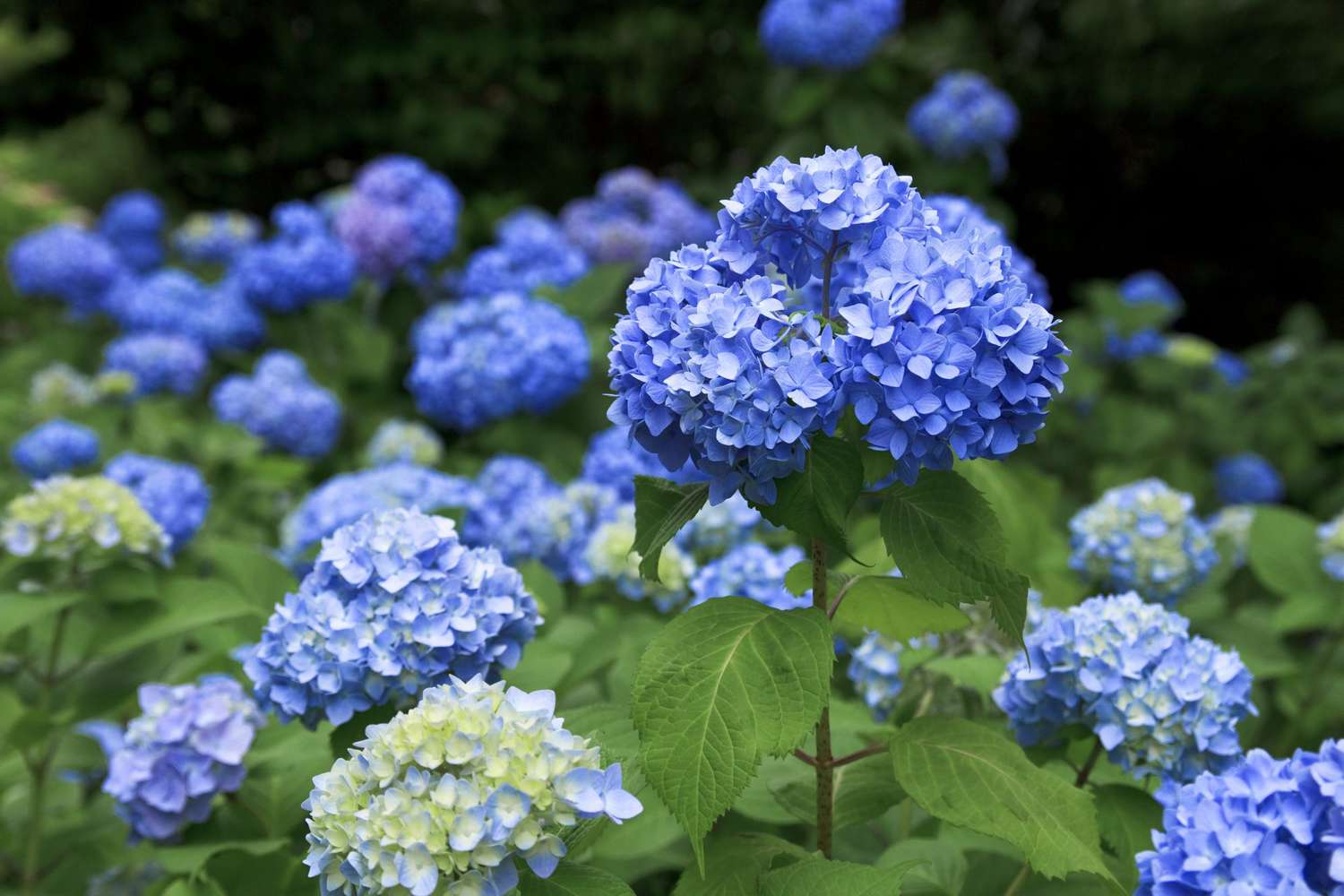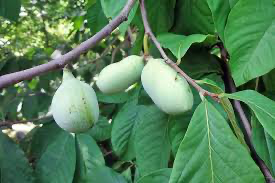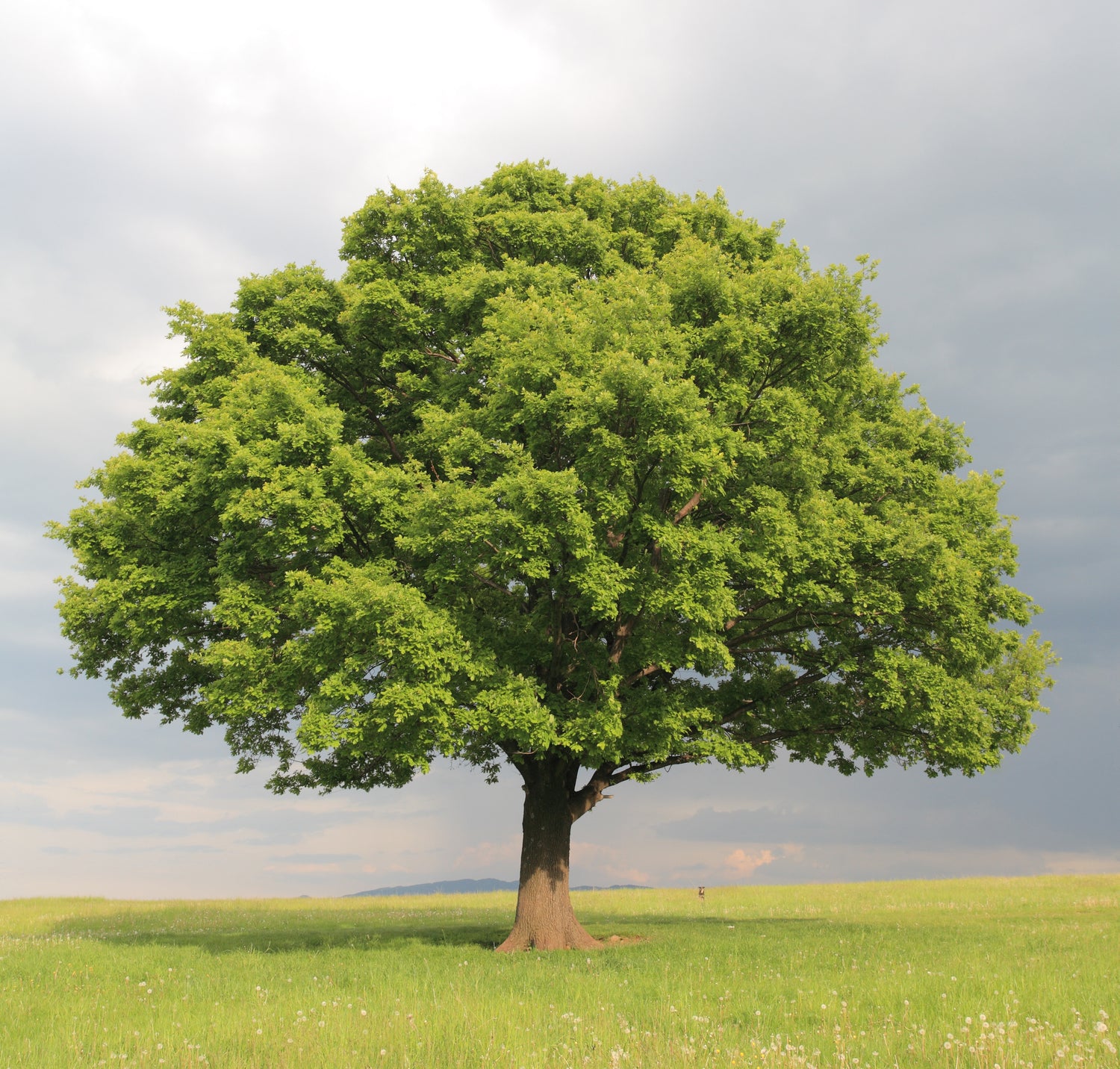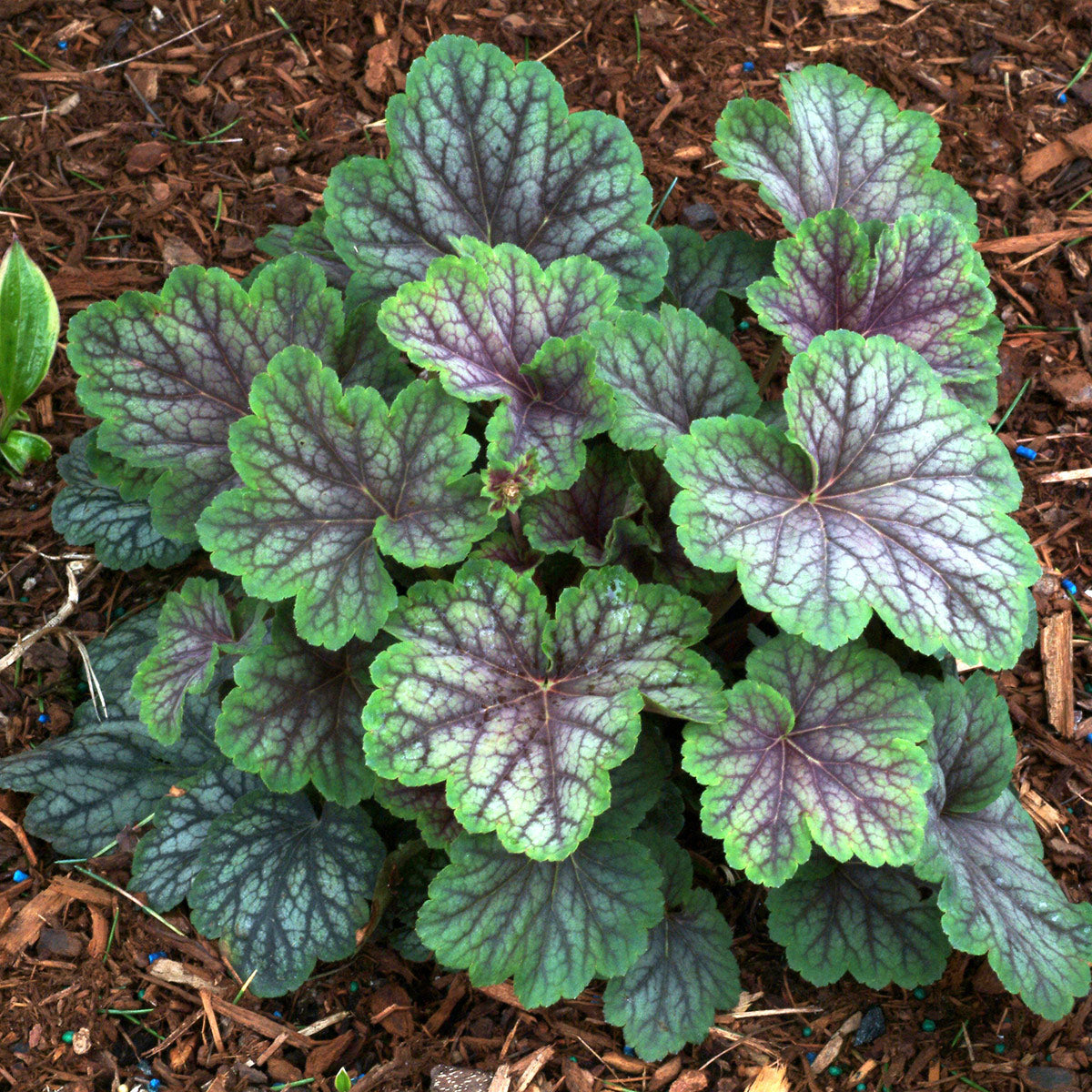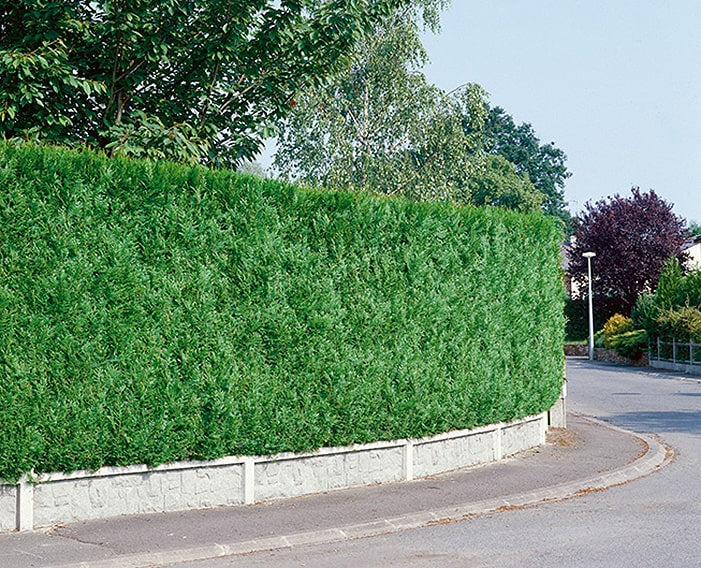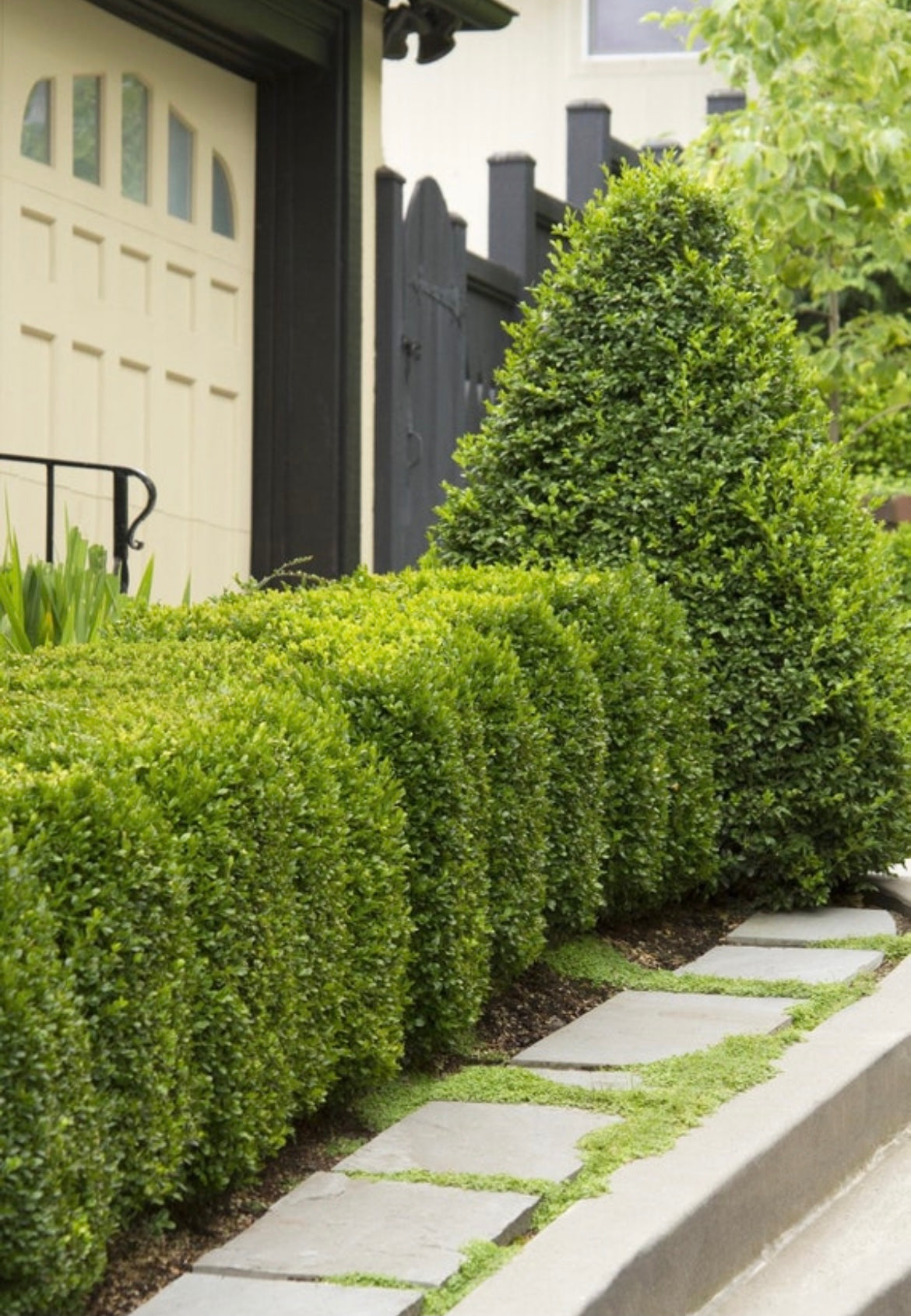
Why Should You Grow an American Elderberry Plant?
If your yard is missing something special, an American Elderberry might be the perfect addition. This hardy, low-maintenance plant isn't just about adding beauty to your landscape—it also offers a range of practical benefits. From its lush green foliage to the health-boosting properties of its berries, growing elderberries is a smart choice for any gardener.
A Beautiful and Functional Addition to Your Yard
The American Elderberry stands out in any yard with its clusters of white flowers that bloom in the spring, eventually transforming into dark, rich elderberries by late summer. Whether you're looking to enhance your landscaping or add more variety to your garden, this plant fits right in. It’s a great addition to spaces alongside other food-producing trees, like those found in our food trees collection, offering both visual appeal and practical value.
Health Benefits You Can’t Ignore
Elderberries have long been valued for their nutritional benefits. These small but powerful berries are packed with antioxidants and vitamins that support overall health. Many people use them to make homemade syrups, jams, and teas as natural remedies. Adding an elderberry plant to your yard means you’ll have a steady supply of fresh berries, known for their potential to boost the immune system and promote wellness.
For those interested in planting a bush with multiple uses, the American Elderberry plant is a great option.
Easy to Grow and Care For
One of the best things about elderberries is their adaptability. They thrive in a variety of soil conditions but do best in well-drained, moist soil. While they prefer full sun, they can also handle partial shade, making them versatile for different garden setups. If you're new to growing elderberries, our tree care guide provides helpful tips to ensure your plants stay healthy and productive.
A Natural Attraction for Wildlife
Elderberries don’t just benefit people—they’re also a favorite among birds, butterflies, and other pollinators. Planting elderberries can turn your yard into a lively habitat, encouraging biodiversity and creating a balanced ecosystem. Their flowers attract beneficial insects, while the berries provide a valuable food source for local wildlife. If you're curious about how planting choices can impact your garden's ecosystem, take a look at our insights on how close together to plant your trees and shrubs.
Do You Need More Than One Elderberry Bush?
If you're considering adding an American Elderberry to your yard, you might be wondering if one bush is enough. While a single elderberry plant can survive on its own, having more than one can significantly boost your berry harvest.
Why More Than One Elderberry Bush?
Elderberries are partially self-pollinating, which means they can produce some fruit on their own. However, for larger and more abundant harvests, it’s best to plant at least two bushes. Cross-pollination between multiple plants leads to better fruit production, giving you more berries to enjoy throughout the season.
Planting multiple elderberry bushes also ensures:
- Bigger Berry Clusters: More plants equal higher yields.
- Better Pollination: With multiple plants, the chances of cross-pollination increase, leading to more consistent fruiting.
- Stronger Plants: Elderberries growing together can create a natural windbreak and support healthier growth.
How Far Apart Should Elderberry Bushes Be Planted?
Spacing is important when planting elderberries to give them room to thrive. Ideally, elderberry bushes should be placed 6 to 10 feet apart, allowing enough space for their roots to spread and their branches to flourish. Proper spacing also improves airflow, reducing the risk of disease and ensuring healthy growth.
For more detailed guidance, check out our article on how close together you can plant your trees and shrubs to plan your layout effectively.
Can You Mix Elderberry Varieties?
Yes! Planting different varieties of elderberries together can further improve pollination and even extend the harvest period. Different varieties may ripen at slightly different times, giving you an extended berry-picking season.
More Plants Mean More Wildlife
Having multiple elderberry bushes isn't just great for you; it’s also beneficial for your local ecosystem. Birds, butterflies, and beneficial insects love elderberries, and a grouping of bushes creates an inviting habitat. If you're curious about the role of pollinators in your garden, take a look at our post about beneficial insects like ladybugs.
Does Elderberry Repel Bugs?
You might have heard that planting elderberries can help keep bugs at bay, but is it true? While the American Elderberry plant isn’t exactly a bug repellent, it does have some interesting interactions with insects—both good and bad.
Elderberry and Pests: What You Should Know
Elderberries don’t repel bugs in the traditional sense, but their strong scent and natural compounds can deter some unwanted pests. Certain insects, like aphids and Japanese beetles, may still find their way to the plant, but elderberries are known to be fairly resilient against major infestations.
On the flip side, elderberries attract plenty of beneficial insects that help maintain a healthy garden. If you're worried about pests, consider introducing natural predators like ladybugs. They’re excellent at controlling aphid populations and keeping things in balance. For more tips, check out our guide on how beneficial ladybugs can be for your garden.
How Elderberry Can Support a Balanced Ecosystem
Rather than relying on elderberries to repel pests, think of them as part of a larger strategy for creating a thriving, balanced garden. When planted alongside other shrubs and flowers, elderberries can:
- Attract pollinators like bees and butterflies, which contribute to healthy plant growth.
- Provide food and shelter for birds that help keep insect populations in check.
- Enhance soil health, promoting a stronger root system that can naturally deter pests.
If you're looking for more tips on how to care for your elderberry plant and maintain a healthy landscape, take a look at our helpful resource on tree and plant care.
Companion Planting for Natural Pest Control
While elderberries might not repel pests directly, they work well when planted alongside other pest-resistant plants like lavender, marigolds, and garlic. These plants can help naturally deter unwanted insects while providing additional benefits to your garden.
What Happens If You Don’t Prune Elderberry?
Pruning might not be the most exciting part of gardening, but when it comes to the American Elderberry, it’s an essential step to keeping your plant healthy and productive. If you’ve been wondering what happens if you skip pruning, the answer is pretty simple—your elderberry bush could turn into an unruly jungle, and your berry harvest might take a hit.
Overgrowth and Reduced Fruit Production
Elderberries are fast growers, and without regular pruning, they can quickly become overcrowded with tangled branches. This overgrowth leads to:
- Fewer berries: Without proper airflow and light penetration, the plant focuses more on leafy growth rather than producing those delicious berries.
- Smaller fruit: When too many branches compete for nutrients, the berries can end up smaller and less flavorful.
- Weaker branches: Unpruned bushes develop thin, weak canes that struggle to support the weight of the fruit.
Proper pruning helps the plant focus its energy on producing large, juicy berries instead of wasting it on excess foliage. If you're looking for guidance on keeping your plants in shape, check out our tips on caring for your new tree or shrub.
Disease and Pest Issues
Neglecting to prune elderberry bushes can also create a breeding ground for diseases and pests. When branches become too dense, airflow is restricted, making it easier for fungal diseases to take hold. Pests like aphids and spider mites also love to hide in thick, overgrown foliage.
Regular pruning helps prevent:
- Mildew and fungal infections that thrive in damp, crowded conditions.
- Pest infestations, as healthy, well-maintained plants are more resilient against bugs.
- Deadwood buildup, which can harbor diseases and weaken the entire plant.
To further protect your plants, take a look at our advice on dealing with garden pests naturally.
When and How to Prune Elderberry Bushes
Elderberries should be pruned annually during late winter or early spring, just before new growth starts. This involves:
- Removing any dead or damaged branches to promote healthy growth.
- Thinning out older canes to encourage fresh, vigorous shoots.
- Trimming the bush to maintain a manageable shape and size.
If you're unsure about pruning, don't worry—elderberries are hardy and forgiving. Even if you make a few mistakes, they’ll bounce back with the right care.
What Are the Benefits of Elderberries?
Adding an American Elderberry bush to your yard isn’t just about aesthetics—these little berries pack a serious punch when it comes to health benefits. Whether you enjoy them fresh, dried, or turned into homemade syrups and jams, elderberries have been cherished for generations for their natural healing properties and nutritional value.
Packed with Nutrients
Elderberries are loaded with essential vitamins and minerals that can contribute to better health. They are a natural source of:
- Vitamin C, which supports a healthy immune system and helps fight off colds.
- Antioxidants, which help combat free radicals and reduce inflammation.
- Fiber, aiding in digestion and promoting gut health.
- Potassium, essential for heart health and maintaining proper blood pressure.
With such a nutrient-rich profile, it’s no wonder that elderberries have been a go-to remedy for centuries. Adding them to your garden ensures a fresh supply right outside your door. If you're thinking about planting, take a look at our selection of elderberry plants for sale.
Immune-Boosting Properties
One of the biggest reasons people turn to elderberries is for their well-known immune-boosting effects. Elderberries contain natural compounds called flavonoids that may help:
- Shorten the duration of colds and flu.
- Reduce the severity of symptoms like congestion and fever.
- Support overall respiratory health during seasonal changes.
Many families keep elderberry syrup on hand during flu season, and having your own elderberry bush means you can create your own remedies with fresh, homegrown berries.
A Versatile Ingredient in the Kitchen
Elderberries aren’t just good for health—they’re also delicious! Once harvested, they can be used in a variety of ways, including:
- Making flavorful jams and jellies.
- Brewing elderberry tea for a soothing, antioxidant-rich drink.
- Creating homemade elderberry syrup for immune support.
- Baking into pies, muffins, or other sweet treats.
Want to explore more plant-based additions to your yard? Browse our collection of fruiting trees and shrubs that complement elderberries beautifully.
Supporting Wildlife and Pollinators
Elderberries aren't just beneficial for humans—they also play a vital role in the ecosystem. Their flowers attract pollinators like bees and butterflies, while the berries provide a valuable food source for birds and other wildlife. Planting elderberries can help create a thriving habitat in your backyard.
If you’re curious about how plants can benefit your local wildlife, check out our article on why ladybugs are great for your garden.
Why Should I Grow an Elderberry Plant?
Planting an American Elderberry in your yard isn’t just a great way to enhance your landscape—it’s an investment in your health, your home, and even the environment. Whether you're an experienced gardener or a beginner looking for a rewarding addition, elderberries offer a unique combination of beauty, practicality, and versatility.
A Low-Maintenance, High-Reward Plant
Not everyone has time for a high-maintenance garden, and that's where elderberries shine. They thrive with minimal effort, making them an excellent choice for busy gardeners. Elderberries:
- Adapt well to different soil types, although they prefer moist, well-drained soil.
- Tolerate full sun but can handle partial shade if needed.
- Require little pruning, aside from the occasional trim to keep them healthy and productive.
If you're looking for simple care tips, our elderberry care guide covers everything you need to know to get started.
A Natural Superfood at Your Fingertips
Elderberries are often considered a superfood due to their impressive nutritional benefits. By growing your own, you’ll have fresh berries ready to use for homemade remedies, syrups, and delicious recipes. Adding elderberries to your diet may provide:
- A boost to your immune system with their rich supply of antioxidants and vitamins.
- A natural way to fight inflammation and improve overall wellness.
- A tasty addition to smoothies, jams, and desserts.
There’s nothing quite like the satisfaction of harvesting your own fresh berries, and our elderberry plants for sale make it easy to get started.
Supporting Local Wildlife
Elderberries aren’t just good for you—they’re great for your local ecosystem, too. The fragrant blooms attract pollinators like bees and butterflies, while the berries provide a food source for birds and other wildlife. If you're hoping to create a more inviting outdoor space for nature, planting elderberries is a step in the right direction.
For more ideas on supporting pollinators in your garden, take a look at our tips on attracting beneficial insects.
A Beautiful Addition to Any Landscape
Beyond their health and environmental benefits, elderberry plants are simply beautiful. With their lush green leaves, delicate white blossoms, and rich, dark berries, they make a striking visual impact in any garden setting. Whether planted as a hedge, a focal point, or part of a larger edible garden, elderberries add charm and functionality to your outdoor space.
If you're looking to incorporate more plants into your yard, explore our selection of shrubs and bushes that pair well with elderberries.
Why Is Elderberry So Important?
Elderberries have been cherished for centuries, and for good reason. The American Elderberry isn’t just another plant—it’s a powerhouse packed with history, health benefits, and practical uses. Whether you're drawn to its medicinal properties, its role in supporting wildlife, or its beauty in the landscape, elderberry has something for everyone.
A Rich History of Traditional Use
Elderberries have been used for generations, with cultures around the world recognizing their value. Native Americans, early settlers, and herbalists alike have turned to elderberries for their natural healing properties. The berries, flowers, and even the bark of the elderberry bush have been used in remedies ranging from immune support to skin treatments.
If you want to grow a plant with deep historical roots and proven benefits, the American Elderberry is a fantastic choice.
An All-Natural Health Booster
One of the biggest reasons elderberries have stood the test of time is their impressive health benefits. They are loaded with:
- Immune-boosting antioxidants, helping the body fight off illnesses naturally.
- Anti-inflammatory properties, which can help with joint pain and overall wellness.
- Rich nutrients, including vitamins A, C, and potassium that support heart health and digestion.
Many people grow elderberry plants for their ability to provide a natural, homegrown remedy that can be made into syrups, teas, and even tinctures. Having an elderberry bush in your backyard means you have access to these benefits right when you need them.
A Friend to Pollinators and Wildlife
Elderberries aren’t just important to humans; they also play a key role in supporting local ecosystems. The fragrant flowers attract bees and butterflies, while the berries provide a vital food source for birds. Planting elderberries can help support declining pollinator populations while bringing more life to your garden.
Curious about how elderberries support beneficial insects? Learn more about their impact in our article on ladybugs in the garden.
A Sustainable Choice for Home Gardens
Growing elderberries at home is a great way to embrace sustainability. They are hardy, drought-tolerant once established, and produce fruit year after year with minimal intervention. Elderberry plants:
- Require fewer chemical treatments compared to other fruiting plants.
- Thrive in a variety of soil conditions.
- Provide long-term value without the need for replanting every season.
For guidance on how to plant and care for elderberry bushes, check out our tips on how to care for your new tree.
How Did Native Americans Use Elderberry?
Long before elderberries became a popular home remedy, Native Americans were already harnessing the power of the American Elderberry for a variety of uses. This plant was more than just a food source—it played an important role in their daily lives, from medicine to crafting and even spiritual practices.
Elderberry as a Natural Medicine
Native Americans were well aware of the healing properties of elderberries and used different parts of the plant to treat a wide range of ailments. The berries, flowers, and even bark were commonly used in:
- Cold and flu remedies – Elderberry tea was believed to help reduce fever and fight off infections.
- Pain relief – Infusions made from the leaves were used to ease joint pain and swelling.
- Skin treatments – Crushed elderberry leaves and flowers were applied to cuts, bruises, and burns for their soothing and anti-inflammatory effects.
The long-standing tradition of using elderberry as a medicinal plant continues today, with many people turning to it for natural immune support. If you're considering growing your own elderberries for their health benefits, check out our elderberry plants for sale.
A Valuable Food Source
While we often think of elderberries as an immune-boosting supplement today, Native Americans incorporated them into their diet in practical ways. The berries were dried and stored for use in the winter months or cooked down into syrups and preserves. They were also added to:
- Stews and soups to provide extra nutrients.
- Breads and cakes for natural sweetness.
- Medicinal tonics to support overall health and vitality.
If you're inspired by these traditional uses, growing your own elderberries at home can give you a steady supply for your own recipes and remedies.
Crafting and Practical Uses
Beyond their nutritional and medicinal value, elderberry plants were useful in other aspects of daily life. Native Americans used the hollow stems of elderberry branches to create:
- Flutes and whistles, which played an important role in their cultural ceremonies.
- Blowguns, used for hunting small game.
- Tools and baskets, utilizing the strong, flexible wood for weaving and construction.
Elderberry was truly a plant of many purposes, valued not only for its fruit but for its versatility in everyday life.
Spiritual and Cultural Significance
Elderberries also held spiritual importance for many Native American tribes. The plant was often considered a symbol of protection and healing. Some tribes believed that elderberry bushes had protective qualities, and planting them near homes or gathering places was thought to ward off negative energy.
Today, many gardeners still see elderberry as a symbol of health and wellness, making it a meaningful addition to any yard. If you're looking to plant your own, be sure to browse our collection of shrubs and bushes to find the right fit for your landscape.
Planting and Caring for Your American Elderberry
Once you've decided to add an American Elderberry to your landscape, it's important to know how to plant and care for it properly. Elderberries are known for being hardy and low-maintenance, but with a little attention, they can thrive and produce an abundant harvest year after year.
Choosing the Right Location
Elderberries aren’t too picky, but they do best in spots that provide:
- Full sun to partial shade, with at least six hours of direct sunlight per day.
- Well-drained, moist soil, though they can tolerate a variety of conditions.
- Good air circulation, which helps prevent fungal issues and promotes healthy growth.
If you're wondering about spacing, elderberries should be planted about 6 to 10 feet apart to allow them plenty of room to spread. For more tips on planting distance, check out our guide on how close together to plant your shrubs and trees.
Planting Your Elderberry Bush
Getting your elderberry off to a great start is easy if you follow a few simple steps:
- Dig a hole that’s about twice as wide and just as deep as the root ball.
- Loosen the roots before planting to encourage growth.
- Backfill with soil, pressing gently to remove air pockets.
- Water thoroughly after planting to help the roots establish.
- Add mulch around the base to retain moisture and suppress weeds.
For detailed care instructions, be sure to review our guide on how to care for your new tree.
Watering and Feeding
Elderberries enjoy moist soil, especially during the first year of growth. A regular watering schedule will help them establish a strong root system. After they're established, they’re relatively drought-tolerant but still appreciate consistent moisture during dry spells.
When it comes to feeding, a balanced fertilizer in early spring can encourage vigorous growth and higher berry production. Compost and organic matter also make excellent natural fertilizers that keep elderberries happy without overfeeding them.
Pruning for Healthy Growth
Regular pruning keeps elderberry bushes healthy and productive. Pruning should focus on:
- Removing dead or damaged branches to prevent disease.
- Thinning out older stems to encourage new, productive growth.
- Maintaining an open shape to allow sunlight to reach all parts of the plant.
Neglecting pruning can lead to tangled branches and reduced berry production. To understand the importance of pruning, check out our section on what happens if you don’t prune elderberry.
Protecting Your Elderberry Bush
While elderberries are relatively resistant to pests and diseases, occasional challenges may arise. Keeping an eye out for pests like aphids or Japanese beetles and addressing them early is key. Beneficial insects, such as ladybugs, can help naturally control these pests—learn more in our article on how ladybugs benefit your garden.
Harvesting Your Elderberries
When late summer rolls around, your patience will pay off with clusters of dark, ripe elderberries ready for picking. The best way to harvest them is by clipping entire clusters and gently stripping the berries once you’re ready to use them. Remember that unripe, green berries should not be consumed, as they can be toxic.










